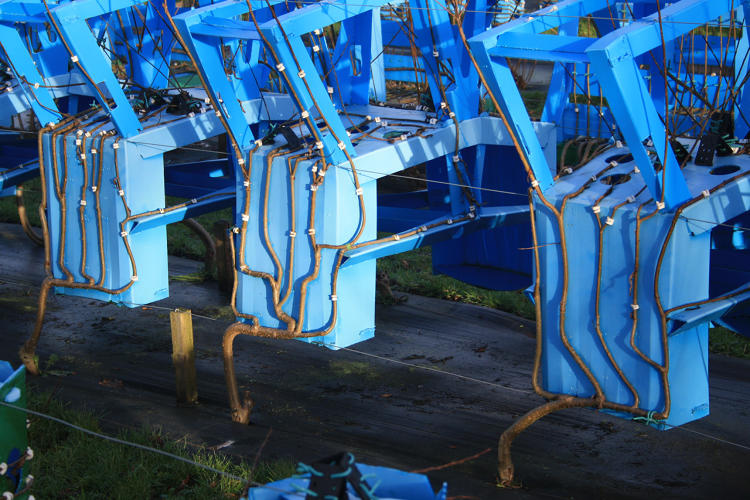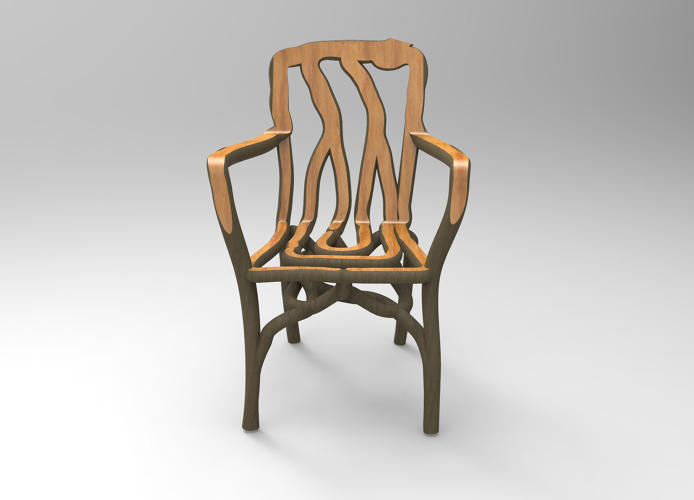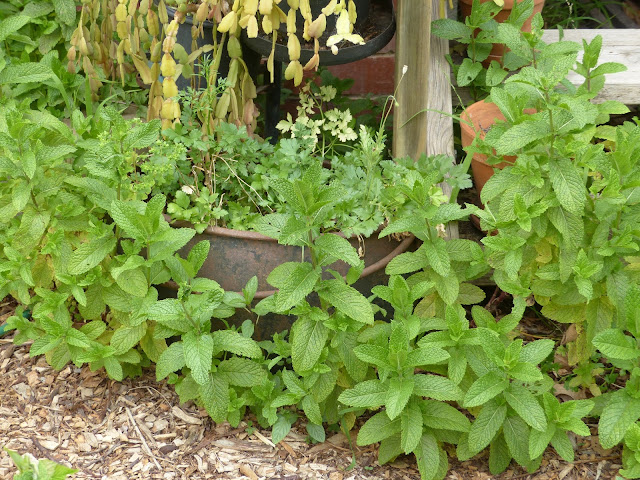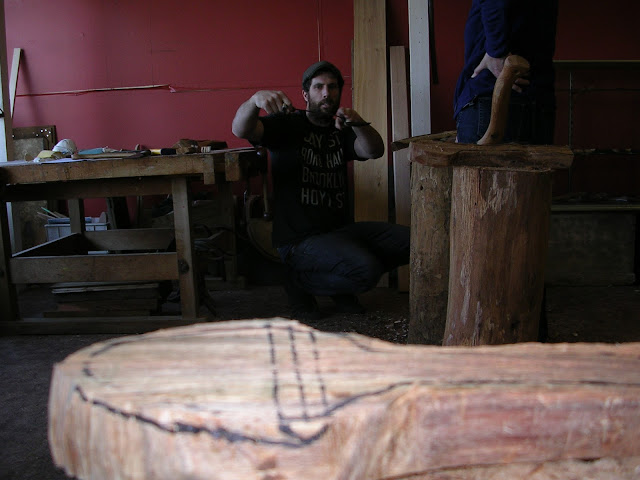Here's what we do to spare the girls some of the heat.
A polystyrene box full of water and foam floats is placed on top of the hive.
Not only does the box of water insulate the hive by stopping direct sun hitting the lid, it also means the girls don't have to travel far in search of water to cool the hive.
We also lean a sheet of masonite (foraged from a hard waste collection) against the side of the hive to shield it from direct sun. The masonite board is heavy enough to stay put in mild winds, and the hive location itself is sheltered from the wind, so the system works well.
In addition to observing the hive, we weigh it on a regular basis to get an idea of what's going on inside. It has been interesting to note this year how quickly the weight dropped over the hot days. Some weight loss is not surprising - instead of bringing in nectar, the foragers are out gathering water to use to cool the hive, and they are consuming their stores in order to have the energy to make the flights. What surprises us is why we didn't note a similar weight drop over the extended hot period we had in Melbourne during the summer of 2014.
How do you manage your hives in summer?






















































